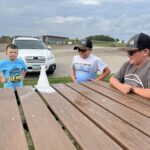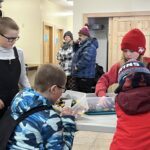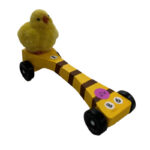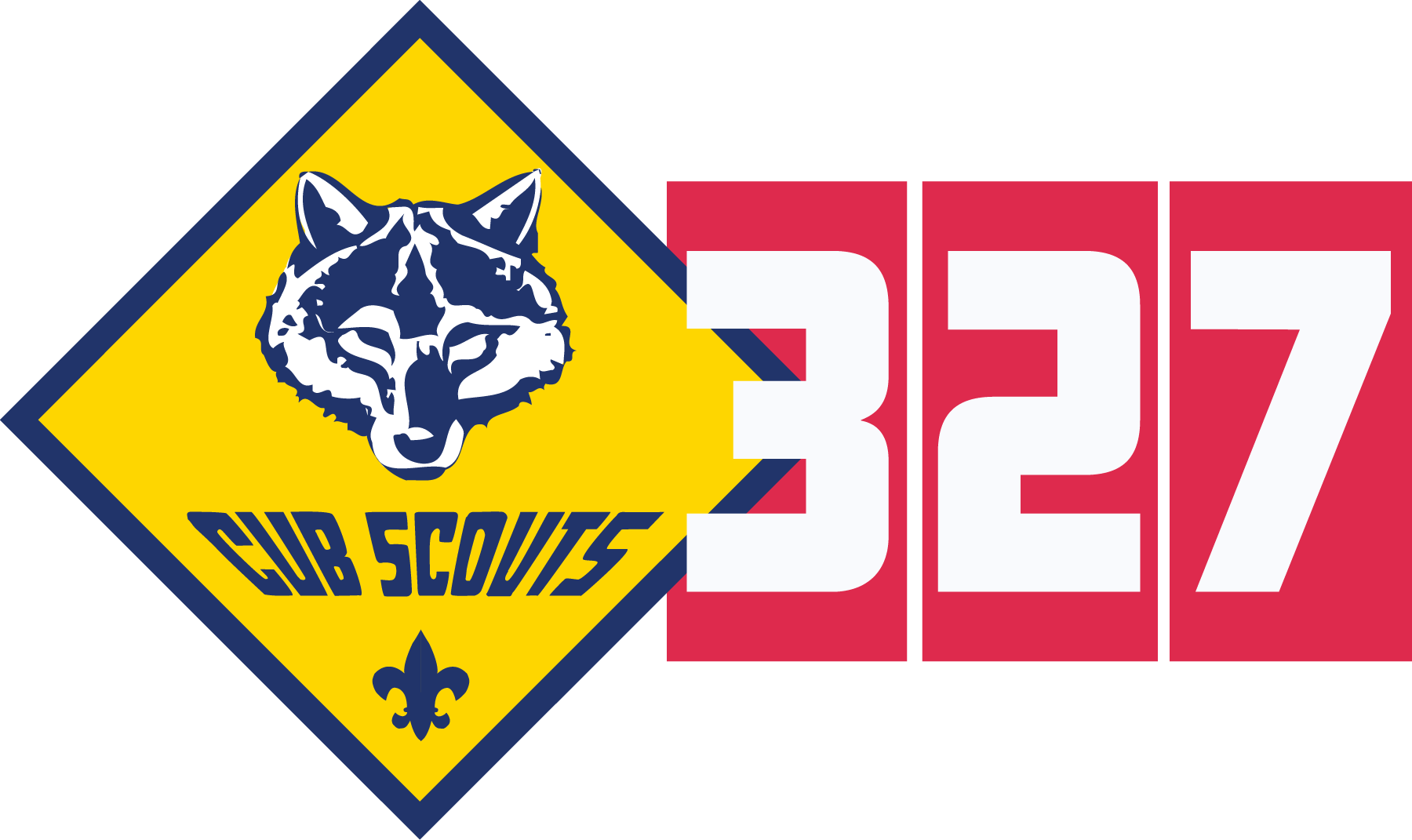Craftsmanship
Cub Scouts learn craftsmanship through a variety of hands-on activities and projects that teach them how to use tools, follow instructions, and create things with their hands. Here are some key ways they develop these skills:
Pinewood Derby: Building and customizing Pinewood Derby cars from wood kits helps scouts learn basic woodworking skills, such as sanding, painting, and assembling parts.
Rocket Launches: Constructing model rockets involves following detailed instructions, using glue, and assembling various components, which fosters precision and attention to detail.
Woodworking Projects: Scouts may engage in simple woodworking projects like building birdhouses, toolboxes, or other small items. These projects teach measuring, cutting, sanding, and assembling wood pieces.
Leatherworking: Some scouting programs include leatherworking, where scouts learn to cut, punch, and stitch leather to create items like belts, wallets, or keychains.
Knot Tying and Lashing: Learning to tie knots and lashings helps scouts understand the principles of securing and joining materials, which is fundamental in many crafts and constructions.
Model Building: Constructing models from kits or materials like cardboard, plastic, or wood helps develop fine motor skills and an understanding of structural design.
Art and Craft Activities: Scouts participate in various arts and crafts, such as painting, drawing, sculpting, and making decorations. These activities enhance creativity and artistic skills.
Tool Use and Safety: Scouts are taught how to safely use tools like hammers, saws, screwdrivers, and glue guns. Learning proper tool use is crucial for effective and safe craftsmanship.
Merit Badges: Earning merit badges related to craftsmanship, such as woodworking, metalworking, and model design, involves completing specific projects and demonstrating proficiency in various skills.
Collaborative Projects: Working on group projects teaches scouts teamwork, communication, and the value of combining skills and efforts to create something together.
Problem Solving and Creativity: Craftsmanship activities encourage scouts to think creatively and solve problems as they design and build their projects, fostering innovation and resourcefulness.
Through these activities, Cub Scouts develop practical skills, creativity, and a sense of accomplishment that comes from making things with their hands.





